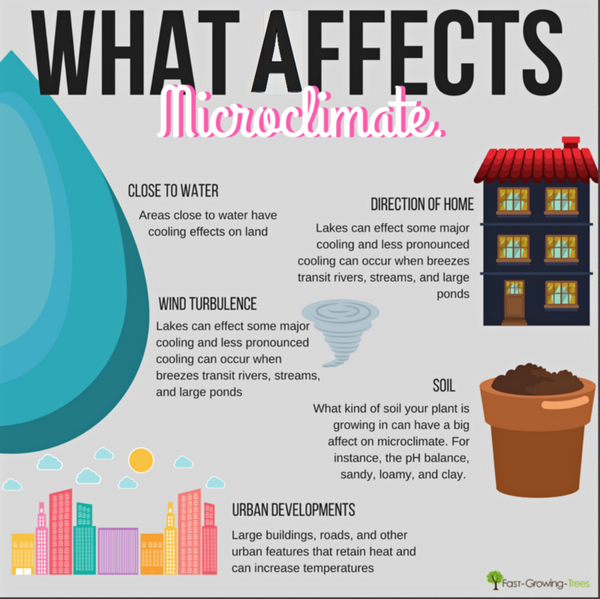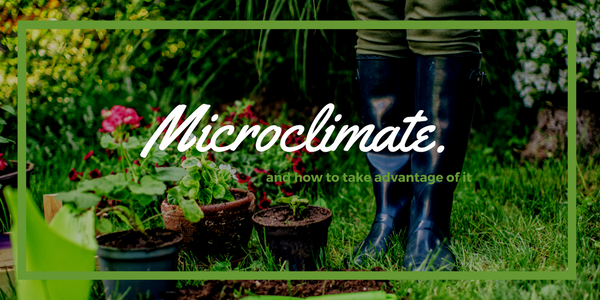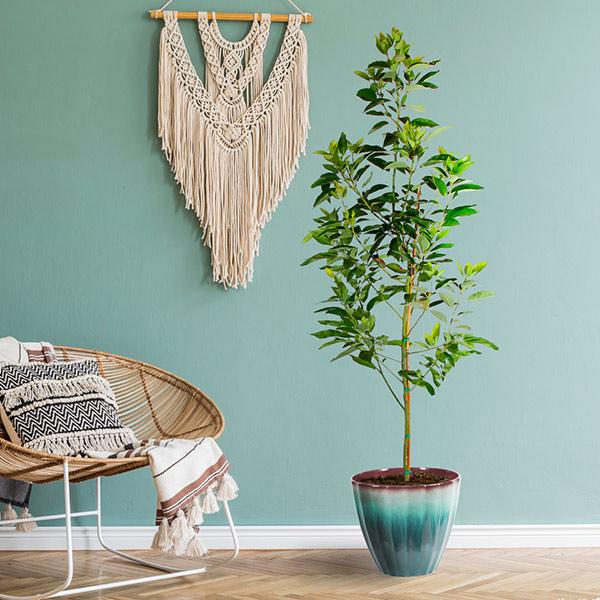Microclimate: How to Use it to Your Advantage

Last updated: May 31 2019

Imagine finding the perfect plant for your yard, only to discover it’s not in your growing zone. Heartbroken about the unfortunate news, you go on a search to find something similar. However, you’re out of luck; nothing looks like the plant of your dreams. Well, what if I told you that the USDA Growing Zones are there to give you an idea of what you can and cannot grow in your zone? What if I also told you I knew someone who could help you grow the plant that you wanted oh so badly? I’d like to introduce you to Microclimate. Microclimate, I would like to introduce you to…[insert your name here please].
What Affects Microclimate?
Microclimate is the climate of a very small or restricted area, like courtyards, rooftops, and gardens. Usually, a Microclimate’s climate differs from the climate in the surrounding area. But a lot of factors affect Microclimates. Check out the below:

According to Southern Living Plants, the USDA Hardiness Zones provide a general guideline for selecting and growing plants in your region but do not consider the unique features of your landscape. We have a few tricks and tips that could help you grow certain plants that may not be recommended for your zone. All you have to do is find out how microclimate works and use it to your advantage. How?
How Do You Manage Microclimate?
You’ve most likely already managed your own microclimate without even knowing it. When you plant a certain plant in an area that gets more shade or gets more sun, it means you’ve managed microclimate. Not all parts of your yard are equal. Some areas may be prone to more moisture, or some may be closer to pavements and get a little hotter than the rest of your yard. Regardless, you’ve probably (effortlessly) created little microclimates. And if you haven’t, here are a few ways to get started.

Microclimates, DIY
Creating your own microclimate is quite easy. You just have to know how to place your plants strategically.First, identify the microclimates in your landscape, and then pair them with plants that can take advantage of their unique benefits.
It is important to know that some parts of your yard may not be as easy to evaluate. Use these tests to determine which area is best for you and your plants:
- Outdoor thermometer
- Soil test kits
- Moisture Meter
- Sun gauge
- Wind gauge
So, it’s as easy as 1-2-3 (plus 4 and 5). Microclimates are a must for a well-rounded landscape, and with your new, horticulture-approved knowledge in tow, you’re on your way to a lush look. Check out our trees and plants for extra help!

Written by
Blair Brown
Blair is the Content Marketing Manager at FastGrowingTrees.com, and though she's not your traditional gardener, the planting world is definitely growing on her (pun intended!). She's enjoyed digging into plant care and maintenance and growing her plant collection, especially with exotic indoor varieties.












